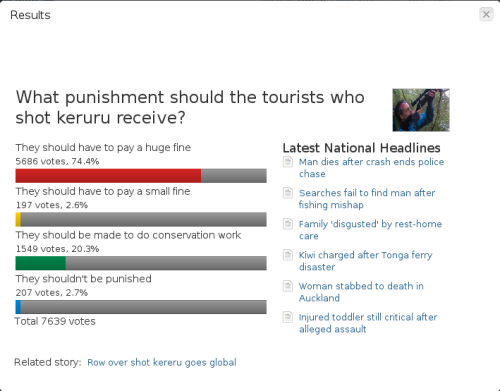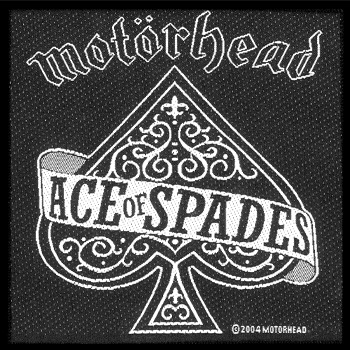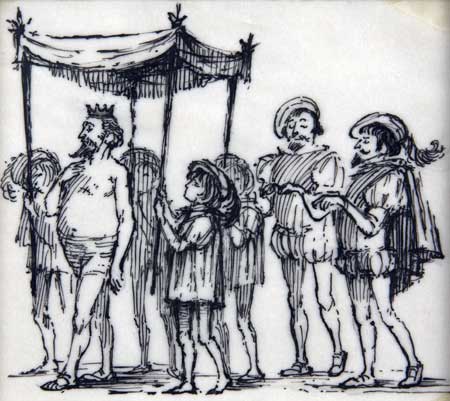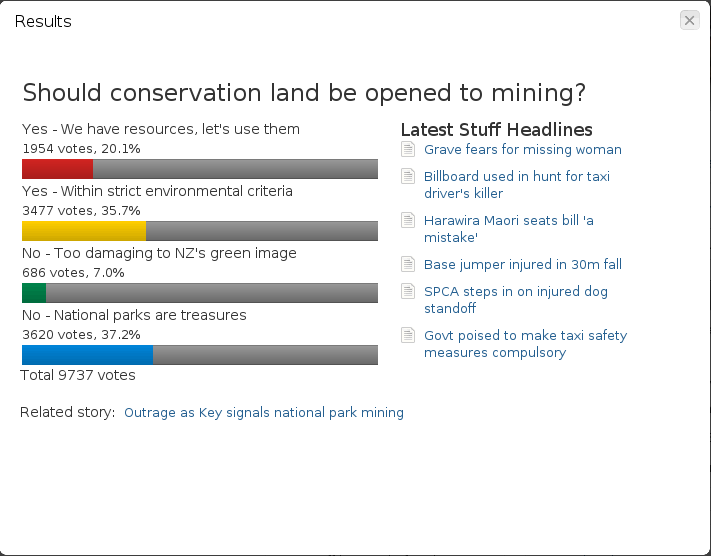The rescue of the 33 trapped miners in Chile is an epic feat. It is a testament to Chilean tenacity, discipline and ingenuity that the rescue operation was a sterling success. Bien hecho y felicitaciones, companeros!
There are some less covered aspects to the incident that are worth highlighting.
First, contrary to what US TV coverage may lead one to believe, the US did not spearhead the rescue efforts. A total of four US private contractors were sent to supervise the rescue bore drilling, and the derrick for that bore was US-made. There were also Canadian, Austrian and Kiwi experts on scene, but the majority of those involved in planning and carrying out the operation were Chilenos. Of course that should obviously be so: mining is the foundation of Chile’s export economy so it has a long history of expertise in that field. However, the accident itself has origins in policies that obviated any expertise. And in that regard it had a direct US connection: the Chicago School (as translated by Arnold Harberger) and the so-called “Washington Consensus.”
Under the market-driven edicts imposed by the Pinochet dictatorship and followed by the democratic Concertacion governments that ruled from 1990 until March of this year (the last two under Socialist presidents), the mining industry was deregulated and partially privatised. Although the Chilean state retains a majority interest in the largest copper mining ventures because copper is Chile’s hard income export earner (40 percent of the world’s copper comes from Chile), many smaller mining outfits proliferated under successive resource extraction plans developed by each of the democratic governments. That included allowing non-union workers into the mines and the proliferation of non-union “bargaining agents” at the shop level, all of which decreased worker input into the management of the deregulated and privatised mines (the larger state-owned mines are almost completely unionised). The mine in question is owned by one of these smaller private operators and has a long history of equipment failures, accidents, regulatory violations (such as the disarming of tunnel alarm systems) and maintenance problems. Plus, it was going broke (one of the ironies of the accident was that many of the rescued miners were about to be laid off due to the company’s financial difficulties). Thus the accident was a direct result of privatisation and deregulation leading to a lax workplace safety environment on the part of the mine’s owners.
Confronted by the mine owner’s inability to cope with the disaster the state-owned mining corporation, CODELCO, assumed control of the operation and brought its experts in. It was these people, effectively state employees, who directed, planned, staffed and executed the rescue (in fact, several of the six man rescue team were military personnel trained in advanced search and rescue operations). Or to put it very bluntly: it was the consequences of free market capitalism that caused the accident, and it was state capitalism that fixed it.
One thing that may not have been apparent to non-Spanish speaking viewers but which was quite clearly audible to those who do understand the language, was that several of the rescued miners, including the shift foreman who came out last as well as several of the rescuers sent underground to retrieve them, specifically said to Chilean president Sebastian Pinera that the accident was preventable and that measures must be taken to avoid a repetition of the event. Some of these remarks were quite pointed given that Pinera is of the centre-right and has benefited personally and professionally from Pinochet’s policies because he is the son of Pinochet’s Labour Minister and started his fortune by capitalising on the deregulation of the health insurance and private credit markets in the 1980s. To his benefit, president Pinera announced to the nation that he has ordered a review of the entire occupational safety framework, not just in mining but across the spectrum of economic activity, saying that it was clear that there was “gaps” and “failures” in the workplace protection of Chilean workers that needed tighter regulatory controls. Â If he is true to his word and the review is genuine, that could result in a very positive outcome stemming from this near-tragedy.
As for Pinera’s role, he has acquitted himself very well. He monitored the operation from day 1 and did not just show up at the end to bask in the glory of the rescue. For a Righty, he came off as remarkably clued into the needs of his working class charges. Â The same can be said for the Minsters for Health and Mining as well as the senior management team brought into supervise the rescue operation. From the erection of “Camp Hope” on the mining site (where relatives of the trapped miners held a vigil), to the flow of communication to the press and supply of necessities to the miners themselves, the pressed-into-service bosses performed admirably. And they all are public sector employees, even if the Ministers originated from the dark side of the political spectrum. Whatever the case, credit is deserved where it is due, and the president and the management team he sent to the rescue deserve gratitude and respect for their handling of the crisis.
One element of farce in the rescue was the arrival of Bolivian president Evo Morales on the scene. Morales was there because one of the rescued miners is a Bolivian. Morales promised him a house and a job if he returned home with him on the specially charted plane Morales arrived in. Trouble is, the miner left Bolivia at the age of 14 (he is now 24) to seek better economic fortune in Chile, has a Chilean partner and a network of friends, and for all outward appearances seems disinclined to return to his native country. So that left Morales to grandstand in his public speech in an effort to pressure the miner to return with him. To his credit, president Pinera noted that a medical evaluation would have to take place first, at which time the miner could make up his mind about what to do. Morales left a few hours later, alone.
There are of course many other sub-plots to this remarkable story of survival. But as someone who has lived and worked in Chile as a youth and adult, has several Chilean friends and who has written professionally on aspects of its political and economic development, it reminds me of how quietly and humbly efficient they are as a nation. They have suffered hardship and  disaster, both human and nature-made, yet they display a measure of stoicism, discipline and tenacity that is truly remarkable. The last 68 days has offered proof of that above and below ground. Viva Chile y sus mineros!











